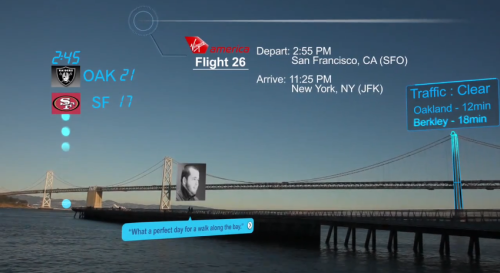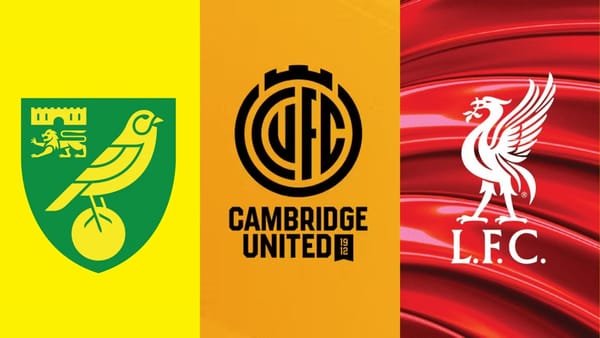Are clubs and governing bodies ready for AR?
Technology is moving at a million miles a minute and as a result so is the impact that it has on the ability of organisations to engage stakeholders via mobile marketing tools. To many it hasn’t been long since they truly got their hands on and heads around social media however that’s no reason not to look forward and ready yourself for what’s on the horizon.
One of the most arresting developments is augmented reality. While the technology is currently available and accessible its use is still relatively rare, however high profile developments such as Google Glass strongly suggest that AR is about to explode.

Google Glass is one of many AR centric projects in the pipeline
If there was one lesson that football clubs should’ve learnt from the rise of social media it’s that early experimentation with new platforms will allow them to produce better results sooner. Clubs need to be operating alongside their support, if not trailblazing, rather than playing catch up so that they can deliver exciting and imaginative content. The same is true of augmented reality and teams should take advantage of the fact that the match day routine of your average football supporter suggests they are perfectly placed to consume AR content.
Some clubs have already taken the plunge. For example augmented reality has given Manchester City fans the opportunity to get their hands on the FA Cup and the Premier League trophy. While it’s a commendable use of an emerging technology it does little to capture the imagination of how AR could be used by football clubs in future to further engage supporters and encourage them to take action. Getting fans to turn the camera lens away from themselves and towards their environment is where the real power of AR lies.
The ability to unlock information by pointing a viewfinder, whether that be on a smart phone or pair of AR ready glasses, at a physical object is being explored across the pond. NFL clubs have begun rewarding season pass holders with access to exclusive content such as interviews. Aim a phone at a ticket and watch it come to life. Closer to home The Jockey Club have implemented a similar idea to liven up their annual review.
How long before pointing your smart phone at a stadium will present you with the latest ticket news or the live score of a match in progress? Or targeting your phone at a player will furnish you with more statistics than you can shake a stick at (and the obligatory advertisement for the kit he’s clad in, obviously)? It can’t be far off and the game has got to be ready to react accordingly.
However being prepared must go beyond simply being ready to take advantage of the undoubted benefits that AR will bring. Clubs and the footballing authorities must be mindful of the wider impact that this technology will have on the game.
While social media has given fans in the stadium a broader view of the match experience, allowing them to gain expert opinion and watch replays while burning their tongue on their half-time Bovril, AR has the potential to take this to another level completely.

AR would mean referees have no where to hide when they make a mistake
How would an application that can overlay stats onto visuals in real time, such as whether a player is offside or whether the ball has crossed the goal line after a scramble in the six yard box, and then feed it into the eyes of those in the stands impact upon how matches are officiated? FIFA are understandably reticent to the idea of showing replays of contentious decisions during a match on big screens, however this policy could be rendered completely redundant by the emergence of AR. Having the fans better placed to referee a game than the man with the cards and whistle would be unworkable.
The full potential of AR is a good few years from being realised, however as the old adage goes failing to prepare is preparing to fail. Fans are now weighed down with technology when they enter a stadium and while it presents great opportunities, particularly for clubs to enhance the experience of supporters, the game will face challenges too.






